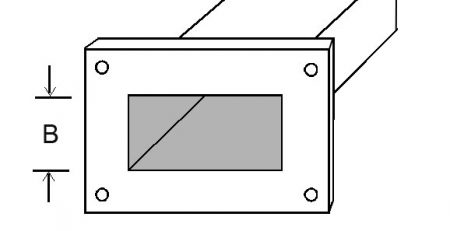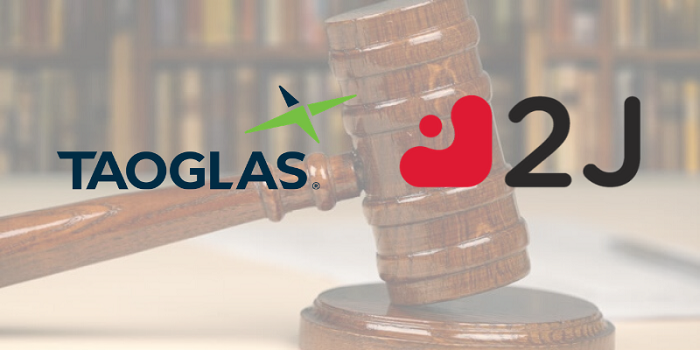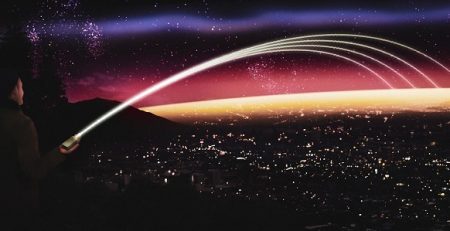Advanced Antenna Systems Offer Enhanced 5G Experience
5G Americas has announced the publication of a white paper that explores current trends in technology and spectrum enhancements for advanced antenna systems (AASs) that will improve 5G capabilities in data speeds, coverage, and improved user experiences. The White Paper is titled ‘Advanced Antenna Systems for 5G’.
5G will be significantly faster than 4G, delivering up to 20 Gigabits-per-second (Gbps) peak data rates and 100+ Megabits-per-second (Mbps) average data rates. It can support a 100x increase in traffic capacity and network efficiency, as well as deliver more instantaneous access with a 10x decrease in network latency over 4G.
Recent technology advances and developments have made advanced antenna systems and multi-antenna features a viable option for large scale deployments in 5G networks as well as in existing 4G networks. The report identifies how AAS will be commercialized, provides technical details into the increasing complexity of wireless antenna systems, and illustrates how they are central to the development and deployment of 5G networks. Specifically, the report provides considerations on how:
- Improvements in beamforming and beam management (beam switching, recovery and refinement) techniques increase coverage and capacity across more control and broadcast channels compared to LTE, with radio of up to 64 or more transceiver and antenna elements
- Massive MIMO adds even more capacity without adding more antenna elements, due to increasing degrees of freedom an antenna array has available to modify a transmitted signal – even for multiple users and antennas
- Advances in using millimeter wave (mmWave) spectrum bands improves with fully integrated radio arrays that can include more than 100 transceiver and antenna elements
- Use of spectrum below 6 GHz and in the mmWave range allow for significantly improved coverage and capacity not possible through previous radio techniques
- Different deployment scenarios can be based on network locations, services and use cases
The new antenna technologies will work with both standalone and non-standalone versions of 5G New Radio (NR). However, the emerging complexity of the 5G NRs require operators and equipment manufacturers to manage a toolbox of passive and active radio solutions in spectrum bands below 6 GHz. In deploying AAS, operators will need to consider several factors, including performance versus cost, Electro-Magnetic Field (EMF) considerations and deployment constraints.
Advanced antenna systems enable state-of-the-art beamforming and Multiple-Input Multiple-Output (MIMO) techniques that are powerful tools for improved end-user experience, capacity and coverage. In addition to high-band spectrum, existing low- and mid-band spectrum will be essential to supporting 5G NR deployments. Initially, 5G NR will be deployed primarily in Time Division Duplex (TDD) bands, as well as in mmWave and sub-3 GHz Frequency Division Duplex (FDD) bands, based on network operator spectrum portfolios. When optimally deployed, 5G peak throughput speeds could provide up to eight concurrent streams at 20 Gbits/sec downlinks and four concurrent streams of 10 Gbits/sec uplinks.
Advanced antenna systems are essential for many 5G services and use cases. Over the past five years, the improvements in coverage and capacity using AAS have been significant and this will only continue with 5G wireless networks in the future in a wide variety of environments.
For instance, in dense city centers with few macro cell locations, increased small cell density will take advantage of both vertical and horizontal beamforming. Dense urban high-rise environments with tall buildings, high traffic density, and rooftop site deployments often use macro cells complemented by dedicated indoor small cell sites using primarily low-power horizontal beamforming. In contrast, urban low-rise environments allows for lower vertical beamforming due to even building heights of about four to six floors. In a third example, rural deployments will involve low band spectrum macrocells with selective densification at population centers.
In 3GPP Release 15, these improvements, among others, were defined and finalized in June 2019. Network operators and network equipment manufacturers continue to refine these advances through additional ongoing and increasingly sophisticated 5G testing protocols. Advanced Antenna Systems for 5G was created by a working group of 5G Americas’ Board of Governors member companies and project leaders Bo Hagerman from Ericsson, Bjorn Lindmark from CommScope and David Kokotoff from Kathrein.
Click here to download the White Paper.
5G Americas
has announced the publication of
a white paper that explores current trends in technology and spectrum enhancements for advanced antenna systems (AASs) that will improve 5G capabilities in data speeds, coverage, and improved user experiences.
The White Paper is titled ‘Advanced Antenna Systems for 5G’.
Advanced Antenna Systems for 5G’.










